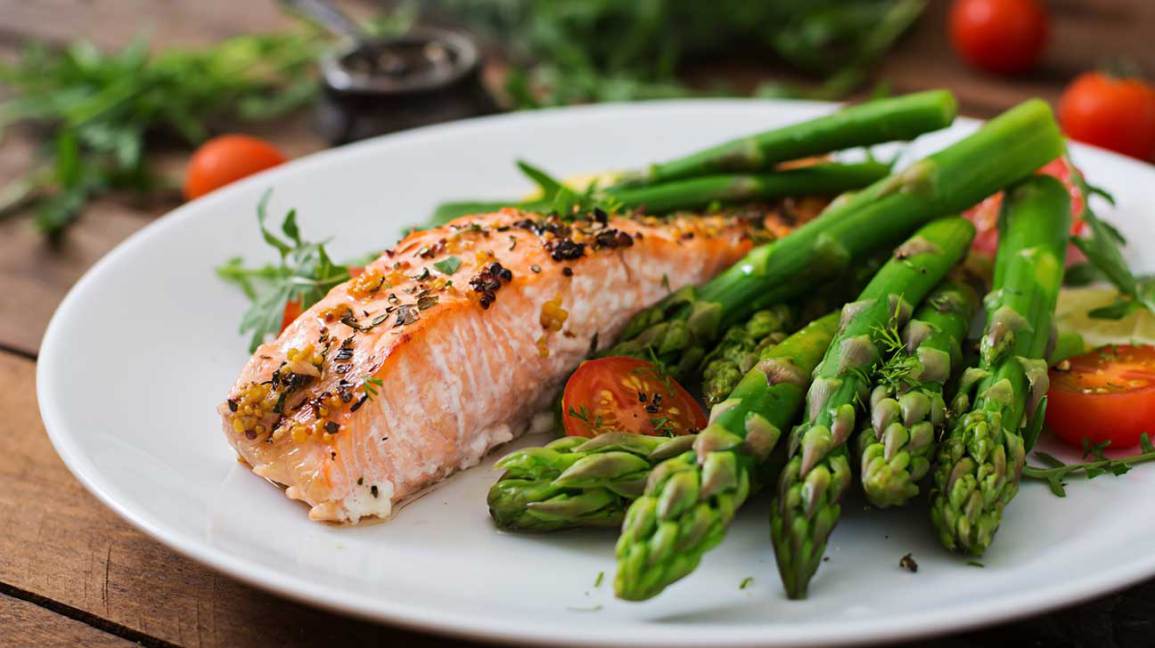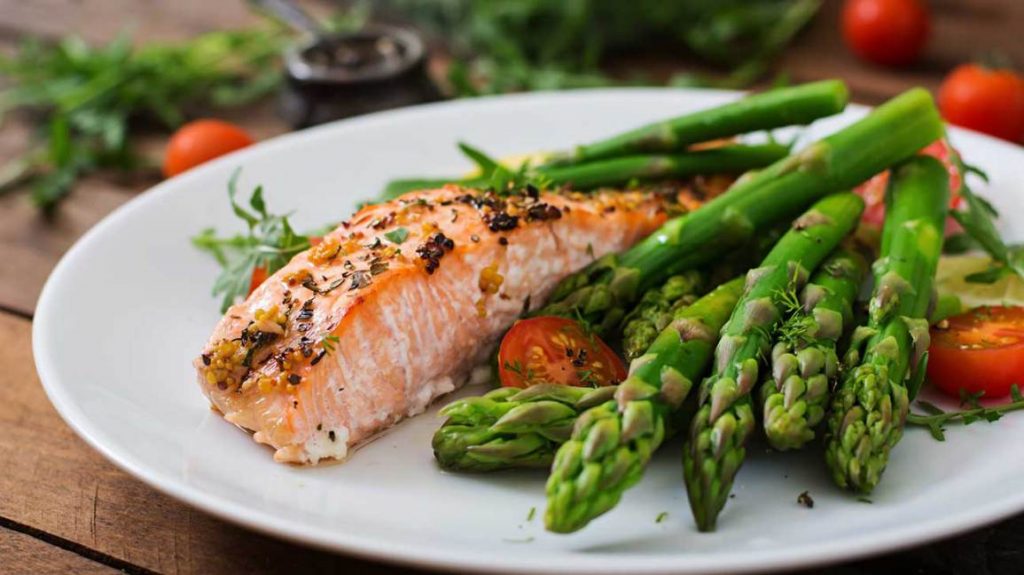Looking to eat healthier? Here are 7 principles of healthy cooking help get you started…
 A great way to start is to cook more at home. When you cook at home you control the ingredients and restaurant meals are almost always higher in calories and sodium than something you would make yourself. Plus, you get to make what you like! If you’re not sure how to start cooking healthier here are 10 ways to make cooking healthy meals at home a little easier. That is why we provide all natural meats and organic fruits and veggies to your home!
A great way to start is to cook more at home. When you cook at home you control the ingredients and restaurant meals are almost always higher in calories and sodium than something you would make yourself. Plus, you get to make what you like! If you’re not sure how to start cooking healthier here are 10 ways to make cooking healthy meals at home a little easier. That is why we provide all natural meats and organic fruits and veggies to your home!
1. Start With A Meal Plan
Without a plan, it’s easy to draw a blank with what to make for dinner (or breakfast or lunch for that matter). For some people meal planning means writing down a detailed menu and shopping list on a Sunday to be good to go all week. For others, it may look more like scribbles on a sticky note—taco night, pasta night, stir-fry night. Whatever your process is, having a plan helps you figure out what you’re going to make and sets you up for success.
2. Fruits and Vegetables Are Your New Best Friend
Only 14 percent of adults eat the recommended amount of vegetables and 18 percent eat enough fruit. That means more than 80 percent of us aren’t eating enough produce! Fruits and vegetables are rich in inflammation-fighting antioxidants, vitamins, minerals and fiber. It’s recommended we eat 2 cups of fruit and 2.5 to 3 cups of vegetables every day (adult men are on the higher side for veg).
When you think about cooking, have produce be the star of your meals. Make a fruit smoothie in the morning, a big salad for lunch and stuff a spaghetti squash at dinner. Use vegetables as noodles by spiralizing a zucchini or sweet potato. Try to make half your plate fruits and veggies. Snacks are a great way to sneak in extra produce servings too—baby carrots, apple slices, dried fruit or vegetable soup are all great options.
3. Choose whole grains
Pick whole grains over refined grains, at least 50 percent of the time. Whole grains like brown rice and bulgur have their bran intact and thus have more fiber, B vitamins, magnesium, zinc and other nutrients. Try quinoa, whole wheat pasta, oats, farro and barley as side dishes, on top of salads and in soups.
4. Mix up your protein
Meat is a great source of protein but it’s often served in really large portions. A serving of protein is 3 ounces cooked or 4 ounces raw, about the size of a deck of cards. So eat smaller amounts of meat, fish and poultry. Fill up the rest of your plate with healthy vegetables and whole grains. And it doesn’t have to be meat. There are plenty of vegetarian proteins and vegan protein-rich foods that are a great way to add more plant protein to your diet.
5. Limit added sugar and salt
Most of us eat more than the recommended amount of added sugars and sodium every day. Eating too much of either, over time, can put you at risk for health conditions like high blood pressure or heart disease.
Aim for less than 6 teaspoons of added sugar per day if you’re a woman, and less than 9 teaspoons if you’re a man. That includes white sugar, brown sugar, honey and maple syrup. Check ingredient labels on products and use sweeteners sparingly when you cook.
As for salt, it’s recommended we eat no more than 2,300 mg of sodium per day (for some people, like those with heart disease or kidney disease, it’s even less). Here’s where cooking can really help you. Sodium is found mostly in processed foods (see the top 10 high-sodium foods in our diets) so the more you cook at home, the easier it is to eat less. Cook with fresh whole foods as much as possible, and use herbs, spices and vinegar to add flavor without adding sodium.
6. Cook with global flavors
Some of the healthiest diets—think Mediterranean diet or traditional Japanese or Chinese cuisine—are rich in vegetables and grains and skip packaged processed foods. Using spices, like curry powder, and herbs, like basil, help flavor your food without adding salt. Plus, eating meals like Thai curries and Greek salads are not only good for you, they’re delicious (and not that hard to make at home!).
7. Keep portions reasonable
Even healthy foods, when heaped onto your plate, can be too much of a good thing. We’re not saying you need to measure out every bite you put in your mouth (that would get old really fast) but having an idea of healthy portions before you plate your meal can help you from eating more than you intended.
If you enjoyed this content, please check out our amazing flash-frozen food service we provide and start cooking healthier at home! Learn more here.
Active Customers: Share these healthy tips with friends & family and let them know about our service. Remember if you get 5 others to join our service, you get 6 Months of Free Food! Refer A Friend
Comment below if you want to share or if you are interested in our full service!




